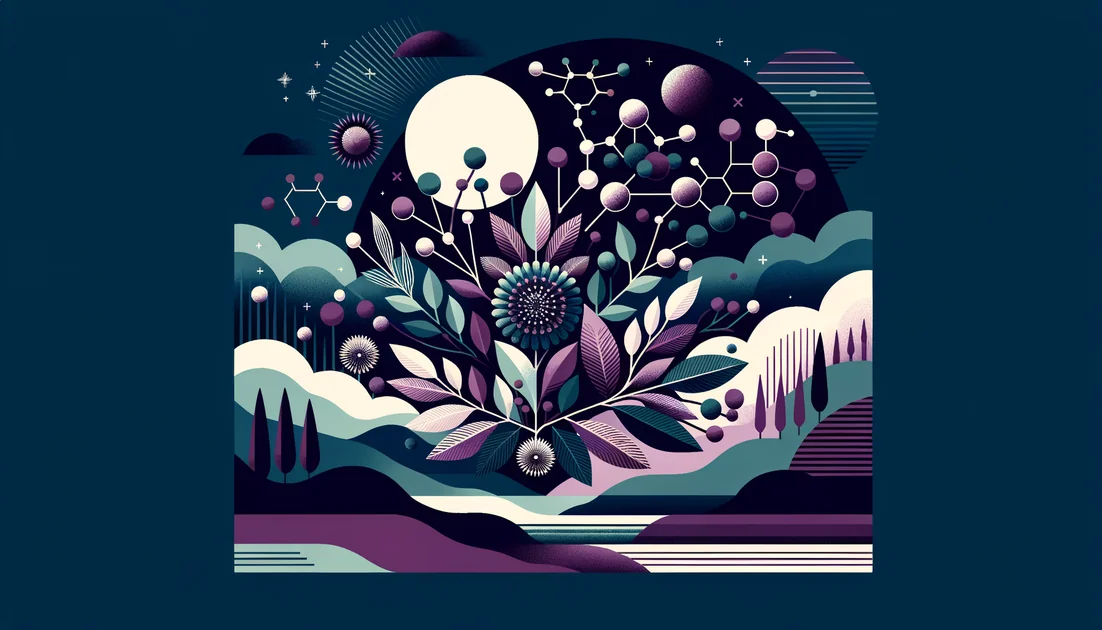
A Root for Harsh Places: How Rhodiola Turns Stress into Stamina—Sometimes in an Hour, Sometimes in a Month
High on wind-scraped coasts and mountain ledges, a rose-scented root clings to stone. People from Siberia to Scandinavia carried it for "hard days." Centuries later, scientists asked a deceptively simple question: can a plant built for harsh places help humans endure ours?
- Evidence
- Promising
- Immediate Effect
- Within hours (single-dose exercise studies) → 1–4 weeks for stress/fatigue; benefits may continue through 8–12 weeks
- Wears Off
- Not well studied; likely gradual over weeks after stopping
The plant that learned to say "not today" to stress
Rhodiola rosea grows where life is inconvenient—Arctic slopes, sea cliffs, thin soils. In old medical texts and northern folklore, its root was prized when work was long and weather unforgiving. The modern European regulator echoes that tradition cautiously: arctic root (R. rosea) "can be used for the temporary relief of symptoms of stress, such as fatigue and sensation of weakness," a recognition based on long-standing use—not definitive trials. [1] Across the Atlantic, the U.S. National Center for Complementary and Integrative Health keeps us honest: "There isn't enough evidence from studies in people to allow conclusions to be reached about whether rhodiola is helpful for any health-related use." [2] So what do we actually know when we leave legend and step into labs?
When the mind sags under load
In a Swedish phase III trial of people with stress-related fatigue, a month of standardized rhodiola extract improved concentration (fewer missed targets on a continuous attention test) and nudged the body's morning stress signal toward normal—a smaller cortisol surge on waking—compared with placebo. Participants didn't report serious side effects. Think of it as turning down a blaring alarm so you can focus on the task at hand. [3] Clinicians treating burnout—a modern word for an ancient problem—tested rhodiola open-label in 118 outpatients. Within a week, many scales ticked toward better mood, energy, and work function; gains continued over 12 weeks on 400 mg daily, with few adverse events. This isn't a placebo-controlled proof, but it reads like a clinic day where people walk back in saying, "I can cope again." [4]
The Zoloft paradox
One of the most talked-about trials compared rhodiola to sertraline (Zoloft) and placebo in mild to moderate depression. Over 12 weeks, sertraline reduced depression scores more than rhodiola—but also caused far more side effects. Rhodiola's symptom relief was modest, not statistically superior to placebo—but it was better tolerated. The authors' practical takeaway: for some who can't manage SSRI side effects, a gentler herb could offer a smaller benefit with fewer bumps. [5]
"These results are a bit preliminary but suggest that herbal therapy may have potential to help patients with depression who cannot tolerate conventional antidepressants due to side effects," said lead author Jun Mao, MD. [14]
The one-hour effect athletes noticed
Here's the surprise: rhodiola doesn't always require weeks. In two small crossover studies, a single dose taken about an hour before exercise helped people last longer or finish a cycling time trial faster, often with a lower perceived effort or heart rate—as if the hill briefly flattened. These are acute, performance-day effects, not training adaptations. [6][7] Students grinding through exams also showed hints of sharper performance and less mental fatigue after short courses of a standardized extract, and night-duty physicians made fewer attention slips in a cross-over design. The common thread is simple: when pressure climbs, rhodiola sometimes steadies the hand. [8]
What might be happening inside
Rhodiola is classified among "adaptogens," a family of plants that seem to coach the body's stress-gearbox. In plain terms: they help the brain's thermostat for stress—centered in the hypothalamus and its hormone cascades—avoid overreacting. Reviews describe lab evidence that compounds like salidroside and rosavins nudge our cellular guardians (think chaperone proteins and antioxidant switches) so cells keep their bearings, while neurotransmitter systems involved in drive and mood get a light tune-up. Rather than flooring the gas or slamming the brakes, rhodiola appears to help the system shift smoothly. [9]
Choosing a bottle in a messy marketplace
Here's the twist the plant didn't ask for: adulteration. Surveys of commercial products found that about 20–25% lacked rhodiola's signature markers (rosavins), while many others were diluted with different Rhodiola species. In one analysis, a product even harbored undeclared 5-HTP. Translation: what's on the label isn't always in the capsule. [10] Quality cues to look for:
Standardization to rosavins (
3%) and salidroside (1%)—the fingerprint of genuine R. rosea defined in pharmacopeial texts. [11]Third-party testing and clear species naming (Rhodiola rosea L., not just "rhodiola").
Conservative claims that match regulators' language and the mixed research.
How people tend to use it (when they try it)
Patterns from trials and registries suggest:
For stress-related fatigue or burnout, standardized extracts around 200–400 mg/day are common; people often notice changes within 1–2 weeks, with fuller effects by 4–8 weeks. [3][4]
For acute performance, a single dose taken ~60 minutes pre-effort (about 200 mg or ~3 mg/kg in studies) may trim perceived exertion. [6][7]
Because it can feel gently stimulating, morning or early-afternoon dosing is typical to avoid sleep disruption. [2] Safety looks favorable over short spans (6–12 weeks), but a few cautions matter. The MSD Manual notes uncommon effects like dizziness or dry mouth and highlights a case report of mania; clinicians therefore advise avoiding rhodiola—or using it only with medical oversight—if you have bipolar disorder or a history of mania/hypomania. Combining rhodiola with serotonergic antidepressants (SSRIs/MAOIs) may raise theoretical risks like rapid heart rate or serotonin syndrome, so coordination with your prescriber is wise. [12][13]
Where the story goes next
Regulators in Europe still categorize rhodiola's stress claims as "traditional use," even after reviewing newer data—meaning the story is promising but unfinished. [1] A 2012 systematic review of randomized trials found several positive signals (attention, fatigue, possibly mood) offset by small samples and inconsistent methods, calling for larger, independent replications. [15] Newer trials continue to explore both the fast (one-hour) edge for performance and the slow (weeks) edge for burnout and mood. Maybe that's the real lesson of a cliff-dwelling plant. Endurance isn't a single trick; it's a set of gears. On some days, a small nudge an hour before the climb helps. On others, steadier recalibration over weeks matters more. Rhodiola offers both possibilities—if we choose authentic products, set measured expectations, and keep science, not mythology, in the driver's seat. [7][3][4][5]
Key takeaways
- •Evidence is promising but not definitive: U.S. NCCIH says there isn't enough evidence for firm conclusions, while a European regulator allows traditional-use claims for temporary relief of stress-related fatigue.
- •Two tempos of benefit: a single pre-event dose can ease effort and support endurance within about an hour; multi-week use (around four weeks) has improved attention and moderated morning cortisol in stress-fatigue.
- •Practical dosing: standardized extracts near 200–400 mg/day are common for stress-fatigue; acute performance studies used a single ~200 mg dose or about 3 mg/kg about 60 minutes before effort.
- •Who it may fit: people with stress-related fatigue or burnout, those sensitive to SSRI side effects seeking gentler mood support, and endurance athletes wanting an occasional same-day edge.
- •Cautions and duration: generally well tolerated short-term (6–12 weeks), but avoid with bipolar disorder unless supervised; coordinate care if on SSRIs/MAOIs or with blood pressure, diabetes, or bleeding concerns.
- •Trade-offs vs medication: in mild–moderate depression, rhodiola caused fewer adverse events than sertraline but had smaller antidepressant effects.
You might also like
Explore more of our evidence-led investigations, comparisons, and guides across every article style.
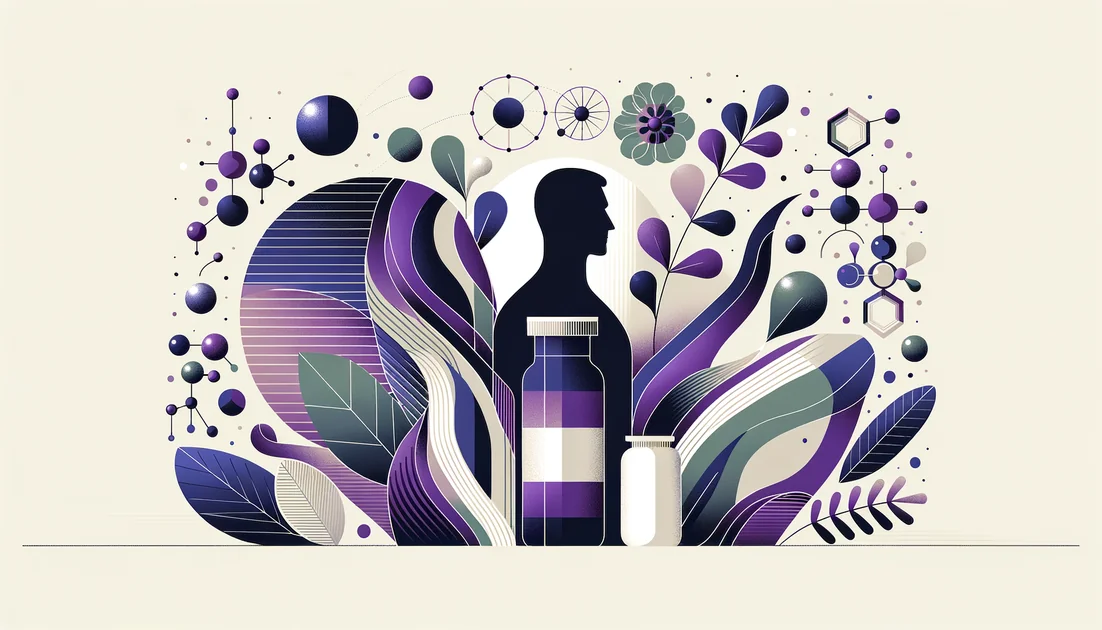
Nutricost
Nutricost's Value Paradox: Strong Prices on Basics, Uneven Transparency on Testing

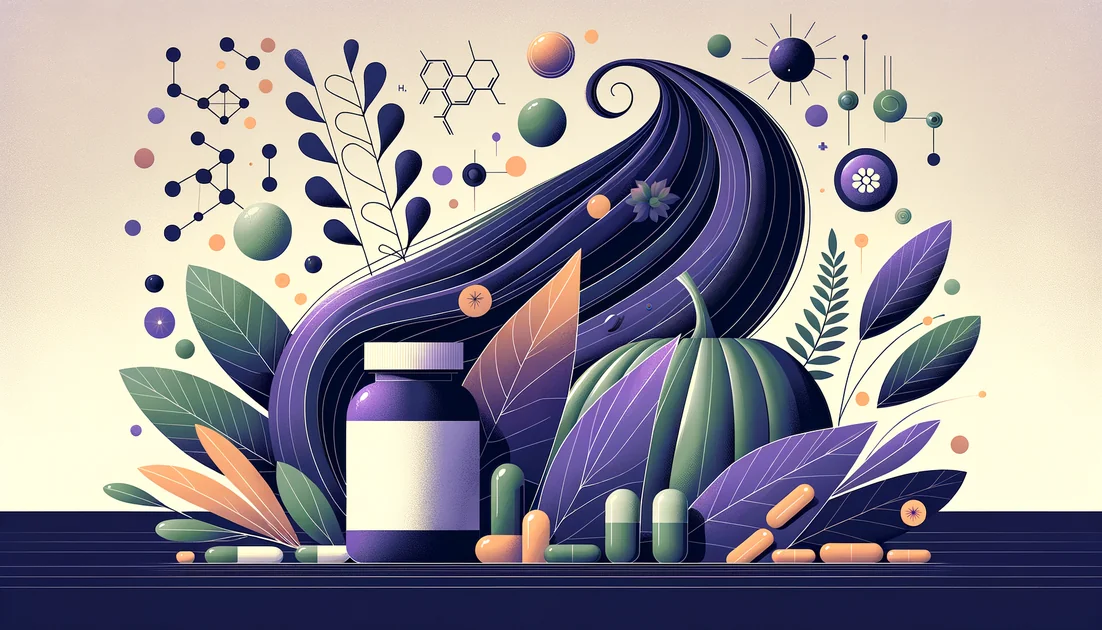
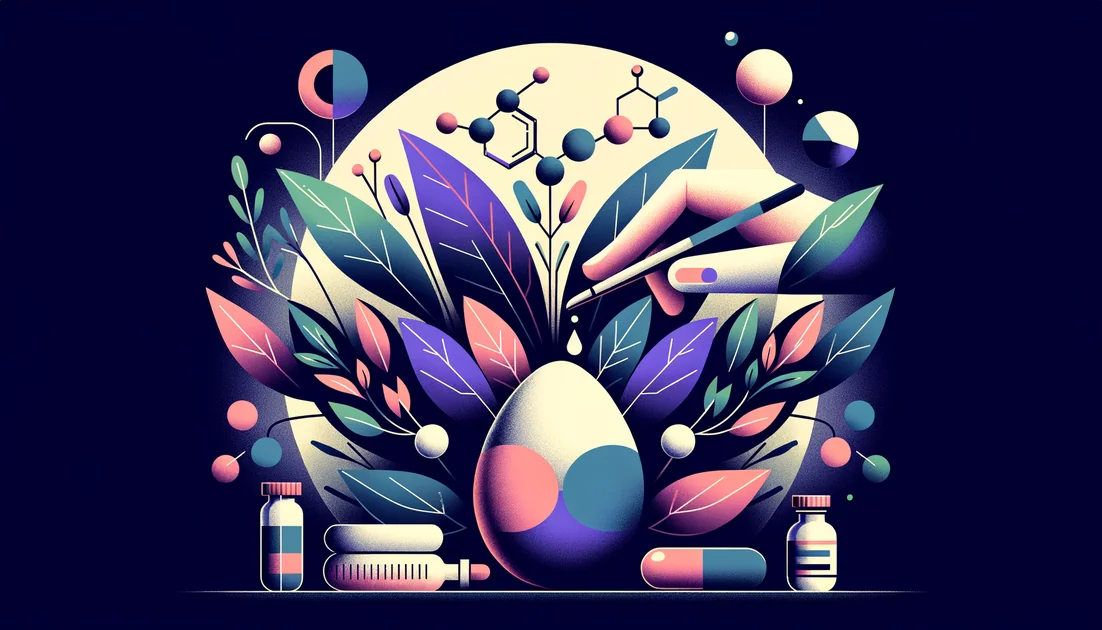
Biotin (Vitamin B7/Vitamin H)
You pop a "hair, skin, and nails" gummy before work. Hours later, a friend rushes to an ER with chest pain. The paradox no one expects: the same vitamin that beautifies Instagram feeds can, in high doses, hide a heart attack on a blood test. How did biotin end up with this double life? [6][9][10]
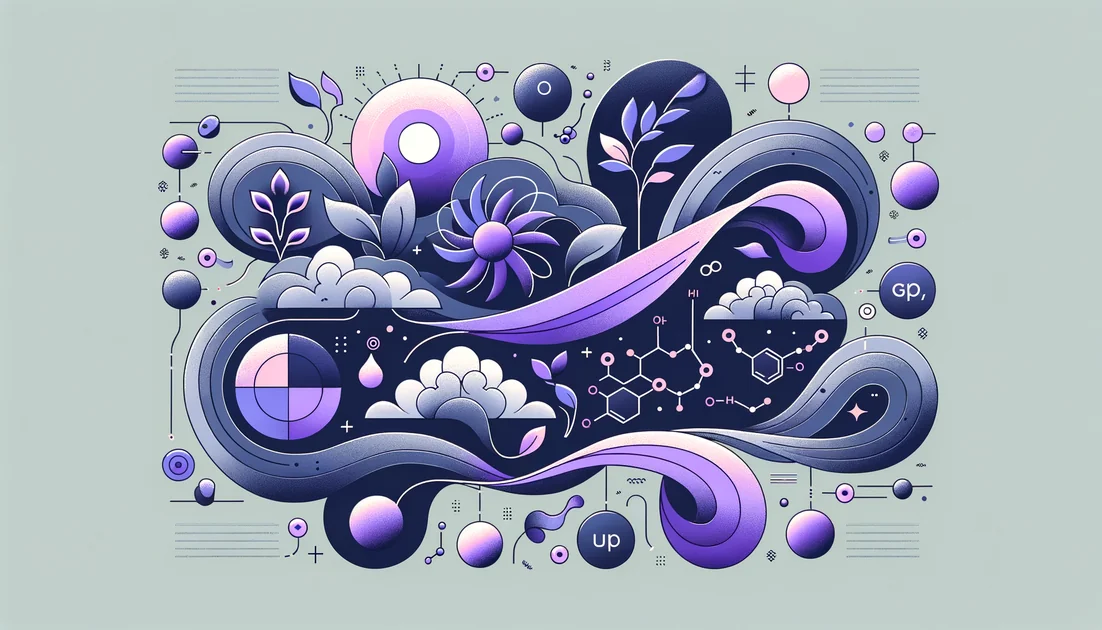
Alpha GPC + Uridine: Can This Duo Build Better Synapses?
The duo is a plausible dual-pathway stack (choline + uridine) with animal and mechanistic support; direct Alpha GPC + UMP human data are lacking, so synergy is theoretical, not proven.

Tocotrienols
The stealthier cousins of vitamin E—built with springy tails that move differently in cell membranes and behave differently in your body.
